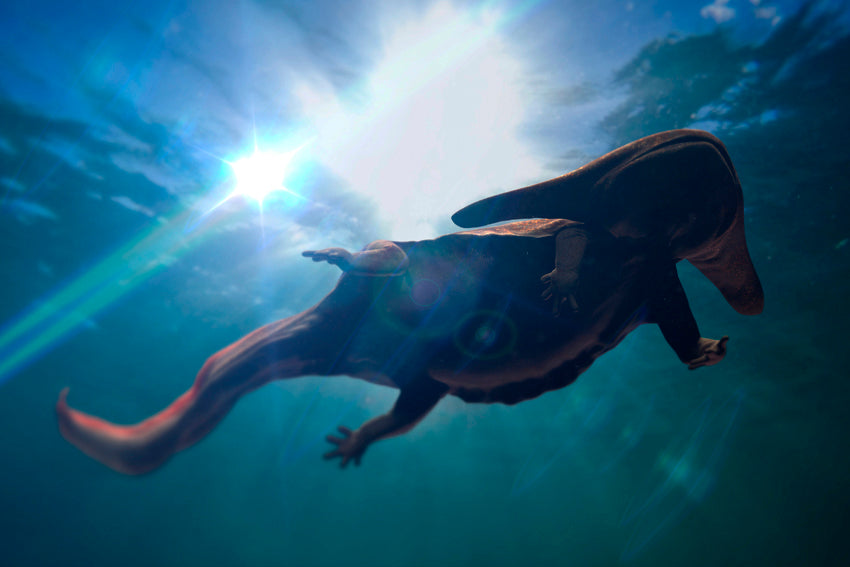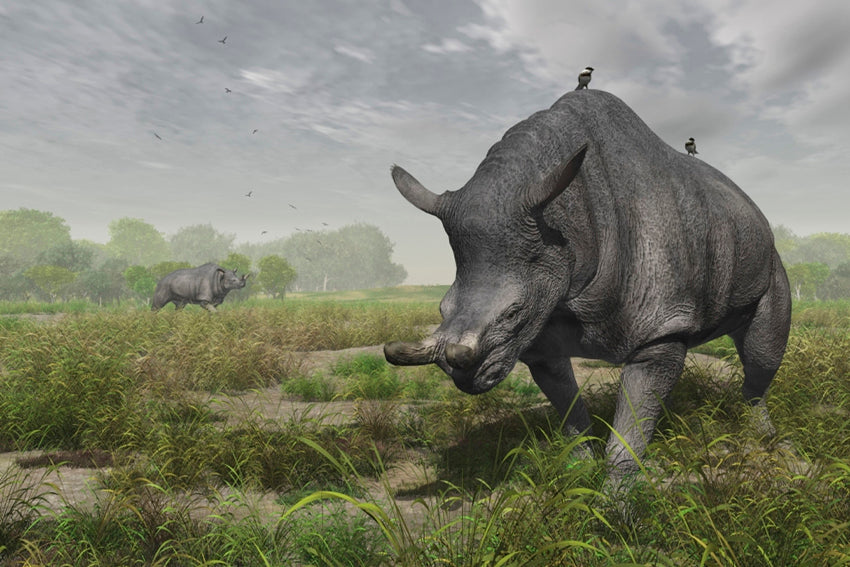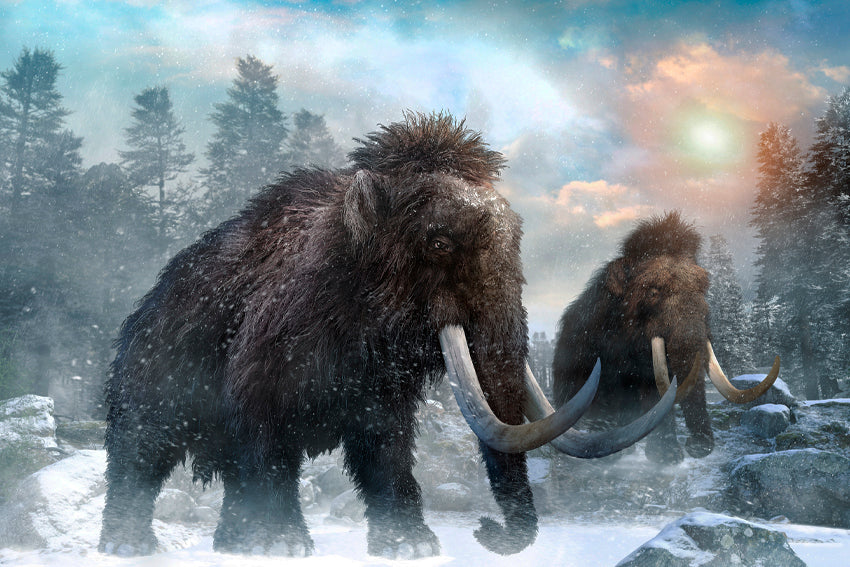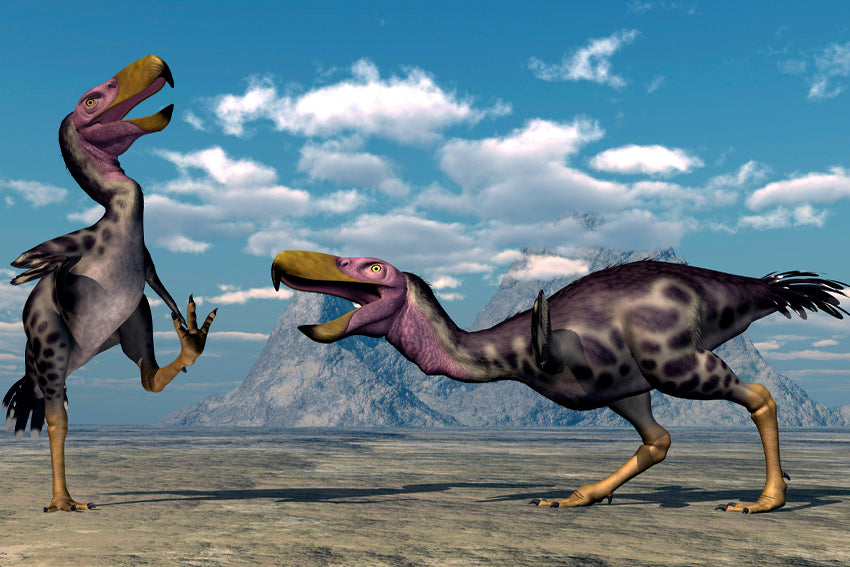The Carboniferous is the period of the Paleozoic era that covers from the end of the Devonian (359.2 ± 2.5 million years ago) to the beginning of the Permian (299.0 ± 0.8 million years ago). It gets its name from the huge coal deposits of that age found in Western Europe.
The global drop in the level of the oceans at the end of the Devonian period was soon reversed in the Carboniferous; this caused the waters to cover certain continental areas and important deposits of carbonate sediments were produced. There was also a drop in the temperatures of the South Pole, freezing the lands located in that area of the Earth.
The Carboniferous was a time of great orogenic activity, since the lands that would form the supercontinent Pangea were gathering. Gondwana collided with Laurasia along the current eastern line of North America. This collision resulted in the Hercynian orogeny in Europe and the Alleghenian in North America.
There were two major oceans in the Carboniferous: Panthalassa and Paleo-Tethys, along with other minor ones.
The first part of the Carboniferous was quite warm, although in the final stage of the period the climate cooled down. The Gondwana glaciation, favored by the southward movement of its lands, continued into the Permian.
In the oceans, the most important groups of invertebrates were foraminifera, corals, bryozoans, brachiopods, ammonoids, and echinoderms (mainly crinoids).
Both solitary and reef-building corals diversified and expanded. Also bryozoans were abundant in some regions.
Among molluscs, bivalves continued to increase in number and importance. Gastropods are also abundant. And among cephalopods, goniatites are the dominant ones.
Trilobites, however, are less frequent, and are already in clear recession. The crinoids, on the other hand, find their ideal environment in the seas of the time.
Among vertebrates, fish are diversified and abundant in the seas, as evidenced by fossilized teeth, spines and bone shields.
On dry land, the plants of the early Carboniferous are very similar to those of the late Devonian, but new groups make their appearance. The main plants of the early period are ferns of various types such as Equisetales, Sphenophyllales, Lycopodiales, Lepidodendrales, Filicales, Medullosales, and Cordoitales. At the end of the Carboniferous, the cycads appear.
Amphibians were diverse and common in the middle of the Carboniferous. They reached 6 meters in length. One of the greatest evolutionary innovations of this period was the amniote egg, which allowed tetrapods to conquer land. From this time are the first reptiles.






Share:
Devonian period
Permian period